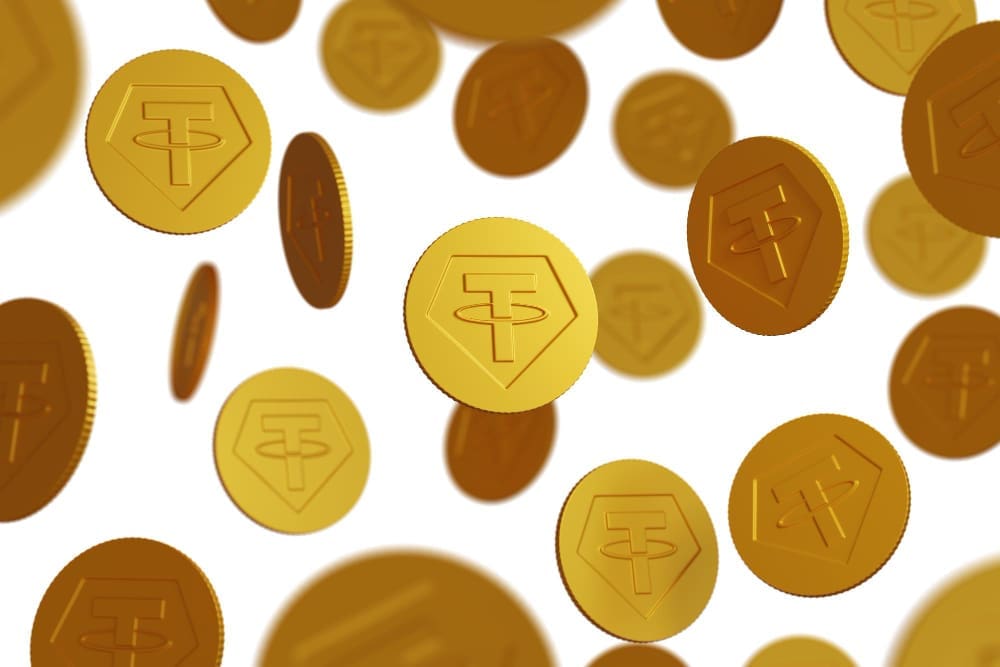Stablecoins, the digital assets designed to maintain a steady value, are rapidly evolving from a niche utility for cryptocurrency traders into a foundational pillar of the global FinTech ecosystem. As regulators worldwide, from Washington D.C. to Brussels, intensify their efforts to establish clear rules, major financial players and innovative startups are racing to harness these instruments for everything from instant global payments to programmable corporate finance. The coming years will determine whether stablecoins can overcome significant hurdles—including regulatory uncertainty, questions about their underlying reserves, and competition from central banks—to fulfill their promise of creating a more efficient, accessible, and interconnected digital economy.
What Are Stablecoins and Why Do They Matter?
At their core, stablecoins are a specific class of cryptocurrency engineered to minimize the price volatility that plagues assets like Bitcoin and Ethereum. They achieve this by pegging their value to a more stable, external reference point, most commonly a major fiat currency like the U.S. dollar.
This stability is what makes them uniquely useful. While Bitcoin’s value can fluctuate dramatically in a single day, a dollar-pegged stablecoin aims to always be worth one dollar. This reliability transforms it from a speculative investment into a practical medium of exchange and a stable store of value within the digital asset landscape.
The Three Flavors of Stability
Not all stablecoins are created equal. They primarily fall into three distinct categories based on the mechanism used to maintain their price peg, each with its own set of benefits and risks.
The most dominant and widely understood type is the fiat-collateralized stablecoin. Issuers like Circle (USDC) and Tether (USDT) hold reserves of real-world assets, such as cash, U.S. Treasury bills, and other cash equivalents, to back each digital coin they mint on a 1:1 basis. This model is straightforward and generally considered the most secure, provided the issuer is transparent and its reserves are regularly audited.
Next are crypto-collateralized stablecoins, like MakerDAO’s DAI. These are backed by a basket of other cryptocurrencies held in smart contracts. To absorb the price swings of the underlying collateral, these systems are typically over-collateralized, meaning they hold digital assets worth significantly more than the value of the stablecoins issued.
Finally, algorithmic stablecoins represent the most ambitious and riskiest approach. They use complex algorithms and smart contracts to manage supply and demand in order to hold their peg, often without any direct collateral. The dramatic 2022 collapse of TerraUSD (UST) serves as a stark reminder of the inherent fragility of this model when faced with extreme market pressure.
The Core Value Proposition
The appeal of stablecoins lies in their ability to blend the best of both worlds: the technological advantages of cryptocurrencies with the stability of traditional fiat money. They operate on blockchains, enabling near-instant, 24/7 transactions across the globe for a fraction of the cost of legacy systems like wire transfers or international remittances.
For businesses, this means settling international invoices in minutes instead of days. For individuals, it means sending money to family overseas without forfeiting a significant percentage to intermediary fees. This efficiency stands in sharp contrast to the slow, expensive, and geographically limited nature of the traditional banking infrastructure.
The Regulatory Gauntlet: Taming the Wild West
The explosive growth of stablecoins has not gone unnoticed by global financial regulators. Once viewed as a fringe element of the crypto market, they are now seen as potentially systemically important financial instruments that require robust oversight to protect consumers and ensure financial stability.
The United States: A Patchwork Approach
In the U.S., the path to regulatory clarity has been fragmented, with multiple agencies vying for jurisdiction. The Treasury Department, the Federal Reserve, the Securities and Exchange Commission (SEC), and the Commodity Futures Trading Commission (CFTC) have all asserted a role in overseeing the space.
Bipartisan legislative efforts, such as the Clarity for Payment Stablecoins Act, aim to create a federal framework for issuance and oversight. Key debates revolve around whether stablecoin issuers should be regulated as banks, subject to similar capital and liquidity requirements, and what constitutes “high-quality liquid assets” for reserves. The outcome of these debates will fundamentally shape the U.S. digital asset market for decades.
Europe’s MiCA Framework
Across the Atlantic, the European Union has taken a more decisive and comprehensive approach with its Markets in Crypto-Assets (MiCA) regulation. MiCA establishes a clear, harmonized legal framework for crypto assets across all EU member states, including stringent rules for stablecoin issuers.
Under MiCA, issuers of significant stablecoins (termed “asset-referenced tokens” or “e-money tokens”) will face strict requirements related to governance, transparency, and reserve management, including supervision by the European Banking Authority. While demanding, this regulatory certainty is expected to foster trust and encourage institutional adoption within the region.
Stablecoins as the Engine of FinTech Innovation
Beyond simply acting as a stable digital dollar, stablecoins are becoming a critical infrastructure layer upon which a new generation of financial services is being built. Their programmability and interoperability are unlocking use cases that were previously impossible.
Revolutionizing Payments and Remittances
The most immediate impact of stablecoins is on payments. For cross-border remittances, they offer a lifeline to millions who rely on sending money home. Instead of navigating a web of correspondent banks and paying high fees, a user can send USDC or a similar stablecoin directly to a recipient’s digital wallet in seconds.
This same principle applies to business-to-business (B2B) commerce, where stablecoins can facilitate instant settlement of supply chain payments, reducing counterparty risk and freeing up working capital that would otherwise be tied up in transit.
The Backbone of DeFi
Stablecoins are the lifeblood of the Decentralized Finance (DeFi) ecosystem. They serve as the primary unit of account and medium of exchange for a vast array of services, including lending, borrowing, and trading on decentralized exchanges.
By using stablecoins, DeFi participants can engage with these novel financial protocols to earn yield or access liquidity without being exposed to the wild price volatility of other crypto assets. They provide the essential stability needed for complex financial strategies to be executed on-chain.
Programmable Money: Beyond Simple Transactions
Perhaps the most profound innovation enabled by stablecoins is the concept of programmable money. Because they exist on smart contract platforms, payments can be embedded with logic, automating complex processes and agreements.
Imagine an insurance policy where a smart contract automatically disburses a stablecoin payout to a traveler the moment an airline officially reports a flight delay. Consider a corporate treasury system that automates payroll and supplier payments based on pre-defined rules, all settled instantly and transparently on a blockchain.
The Challenges and Risks Ahead
Despite their immense potential, the future of stablecoins is fraught with challenges that must be addressed for them to achieve mainstream adoption.
The Specter of De-Pegging
The primary risk is that a stablecoin fails to maintain its peg, triggering a “run” as users rush to redeem their holdings. The TerraUSD collapse was a brutal lesson in the dangers of flawed algorithmic designs. Even for fully collateralized stablecoins, a lack of transparency or poor management of reserves could erode confidence and lead to a crisis.
Centralization vs. Decentralization
A key paradox in the stablecoin world is that the largest and most trusted stablecoins are highly centralized. Issuers like Circle have the authority to freeze funds and blacklist addresses, a power necessary for regulatory compliance but at odds with the crypto ethos of censorship resistance. This creates a fundamental tension between the desire for decentralization and the practical need for control and compliance.
Competition from Central Bank Digital Currencies (CBDCs)
Many governments are exploring the creation of their own Central Bank Digital Currencies, or CBDCs. A digital dollar issued directly by the Federal Reserve could, in theory, compete directly with private stablecoins, offering the ultimate in safety and stability.
However, many experts believe a healthy ecosystem will feature both. CBDCs could serve as the foundational settlement asset, while private, regulated stablecoins could drive innovation in consumer-facing applications and specialized commercial use cases, creating a dynamic public-private partnership.
Conclusion
Stablecoins stand at a critical juncture. They have proven their utility within the crypto-native world and are now knocking on the door of mainstream finance. Their future trajectory will be forged in the crucible of regulatory action, technological innovation, and market competition. For consumers, businesses, and the FinTech industry at large, they represent not just a new way to pay, but a fundamental building block for a more efficient, inclusive, and programmable global financial system.







